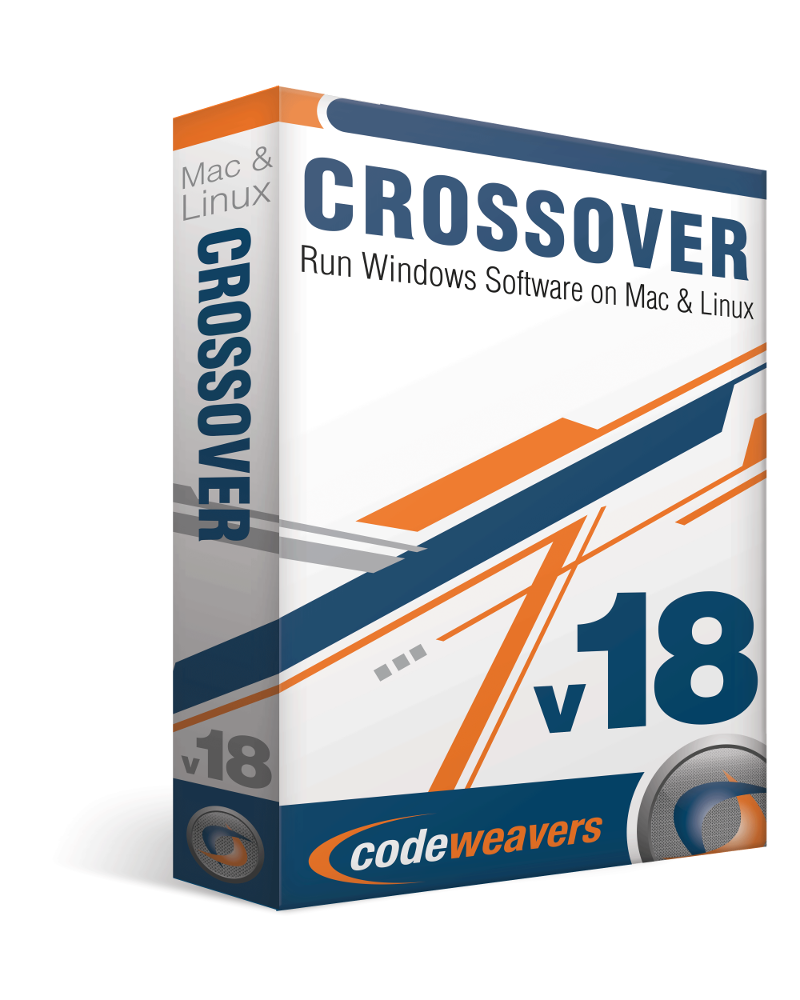
- #Does quicken 2007 for mac work with high sierra how to
- #Does quicken 2007 for mac work with high sierra upgrade
#Does quicken 2007 for mac work with high sierra upgrade
So if you’re ready to upgrade to Catalina in general but need to maintain access to one or two apps, one solution is virtualization software: either Parallels Desktop or VMware Fusion. Sure, you can get a current version of Quicken, but it may not do precisely what you want, and Fujitsu would be happy to sell you a new ScanSnap scanner that does come with 64-bit software, but then you’ll have to figure out what to do with your old scanner. Quicken 2007 falls into this category, as does the ScanSnap Manager app for the ScanSnap S1300, S1500, and S1500M scanners. Use Virtualization to Keep 32-bit Apps Runningįor some people, what’s keeping them on Mojave is a single 32-bit app that will never be updated in an appropriate fashion. Once you’ve booted from your Mojave Installer drive, use Disk Utility to erase the entire internal drive. To use that drive to boot a Mac with a T2 security chip, you must allow external booting from the Security Utility on the Recovery partition. First, you create a Mojave Installer USB drive. System engineer Armin Briegel has worked out a way of downgrading new Macs to Mojave. Downgrade from Catalina to Mojave on Some New MacsĪpple has started installing Catalina on new Macs other than the 16-inch MacBook Pro and 2019 Mac Pro, but since these older Macs can still run Mojave, it’s possible-if a bit tricky-to downgrade them to Mojave. This could be the case for someone who has purchased a new Mac that does support Mojave but came with Catalina installed, for someone who wants to test Catalina while still using Mojave, or for someone who wants to move on to Catalina but has a 32-bit app that they aren’t ready to say good-bye to.
#Does quicken 2007 for mac work with high sierra how to
If you are ready to try Catalina but still want to use 10.14 Mojave, we have some advice for how to make that happen. And Apple has shipped several updates that bring Catalina to version 10.15.3, addressing most of the complaints users had with the initial release. We’ve all had several months to come to terms with the fact that old 32-bit apps won’t even launch in Catalina.

Most backup software now works with Catalina’s bifurcated drive approach that puts the system on a separate, read-only volume from your data and apps. That’s because the new 16-inch MacBook Pro and the 2019 Mac Pro that Apple released late last year ship with Catalina installed and can’t run any previous version of macOS.īut for most people, it’s time to consider an upgrade to Catalina.

For some Mac users, macOS 10.15 Catalina is no longer a choice.


 0 kommentar(er)
0 kommentar(er)
